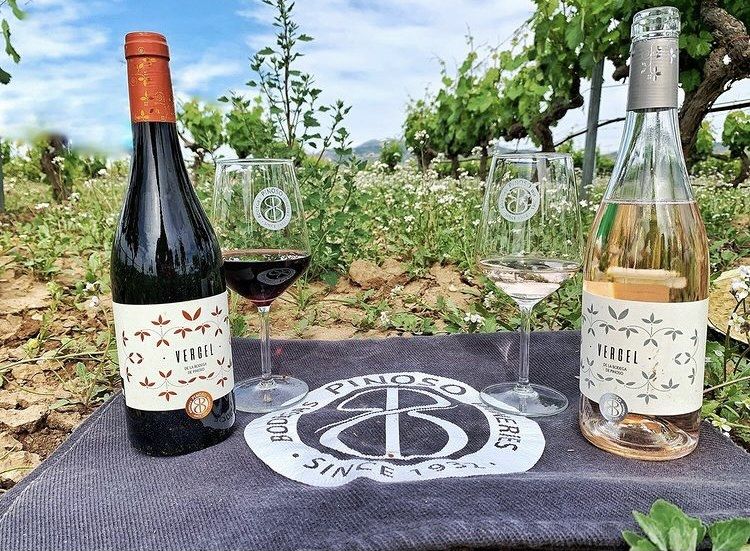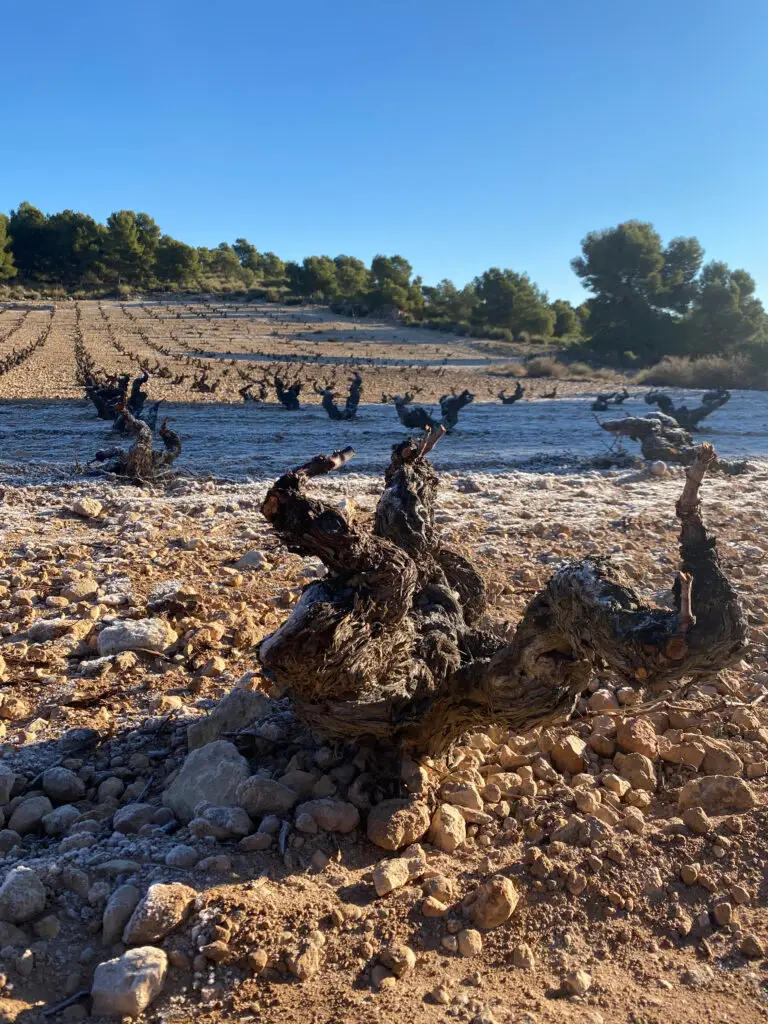A quick overview of Spanish wines
10 facts about the Spanish Wine you must know
Spain is the second-largest wine producer on earth, producing distinctive red, white, roses and sparkling wines, with a huge vineyard zone. The most coveted red varieties are the Tempranillo-based Rioja, Ribera de Duero and Priorat. Some the white variety are Albariño and Godello white wines, also sparkling wine such as Cava and fortified wine like Sherry.

What is Spanish wine called?
Wines of Spanish origin include red wines, white wines, rosé wines, sherry wines and sparkling wines. The whole country has the capacity to produce wines, with their different characteristics, marked by the wine region, that make them special.
1. Spain has more than 100 wine appellations
The appellations of origin correspond to a territorial zone. These zones may correspond to autonomous communities in some cases, such as D.O. Vinos de Madrid in central Spain. In other occasions the D.O. for a type of product is due to the special characteristics in which the product is elaborated in a determined territory, under common premises in the way of working, types of soil and environmental conditions, like the Ribera del Duero D.O.
The wine’s appellation of origin through the seal when a wine has been produced in a specific area and following the rules and recommendations of the appellation.
2. Is the country with more vineyard extension
Spain has 969,000 hectares of vineyards, representing 13% of the world total. It is ahead of Italy and France. In Spain there are more than 4,000 wineries of which the majority are exporters in 189 countries around the world.
3. Wine is considered a food in Spain
Wine is considered a fundamental part of the Mediterranean diet, this is due to the strong culture around this beverage but also because it is considered to provide vitamins, minerals, acids, amino acids, polyphenols, antioxidants and some other nutrients that the body needs for its proper functioning.
4. Spanish Cava is the second best-selling sparkling wine in the world
The excellent quality-price ratio of this sparkling wine has made it the second best selling sparkling wine in the international wine market. Cava is an appellation of origin that covers 160 municipalities in 7 different Spanish regions. This type of sparkling wine is made from different varieties, but there are three main white grapes: Macabeo, Xarel.lo and Parellada, to which are added others such as Chardonnay, Malvasia, Pinot Noir, Garnacha Tinta, Monastrell and Trepat.
5. Sherry is a unique wine in the world that is only produced in Spain
Sherry wine is unique because in this region there are conditions that cannot be found anywhere else, such as a privileged climate, albariza soils and an exclusive system of aging by means of criaderas and solera. The area of production and aging of Sherry wine is very small and only occurs in nine municipalities in the southwest of Andalusia, Spain.
6. There are more than 200 different grapes cultivated in Spain
There are over 200 different grapes varieties and about 140 of which are native to Spain. Tempranillo grape is the most widespread and typical varietal in our country. But we must also highlight other Spanish grape varieties such as Garnacha, Bobal, Cariñena, Monastrell, Verdejo, Albillo Real, etc.

7. Spanish wine industry is the second largest in the world
In 2021, Spain became the world’s second largest wine producer, leaving France in third place. On the other hand, Italy continues to lead the world in wine production.
8. Discover Why Spanish Wine is Considered the Best in the World According to Wine Spectator
The Spanish wine industry is experiencing remarkable growth, with an increasing number of bodegas producing some of the finest wines in the world. According to Wine Spectator, the best wine globally is Spanish, a testament to the country’s exceptional winemaking tradition. This growth is reshaping the sector, with more wineries focusing on organic production and innovative methods to meet rising international demand.
Moreover, the diversity of types of Spanish wine continues to expand, from Spanish table wine to the highly regarded Spanish Tempranillo wine, offering a wide range of choices for consumers. As the market evolves, understanding Spanish wine classifications is essential for navigating the rich variety and ensuring that Spanish wines remain competitive on the global stage.Hablar del crecimiento del número de bodegas y como está cambiando el sector.
9. Spain is part of the Old World Wine
These are the wines produced in Europe and are characterized by its elaboration based on traditional practices, handed down for generations. The years of experience of this territory also influences the denomination of these wines. The Spanish wines are part of the Old World Wine.
10. Wine consumption per person per year in Spain is more than 20 liters
In Spain, wine consumption per person exceeds 20 liters annually, highlighting the country’s deep-rooted cultural appreciation for wine. This remarkable figure reflects not only the importance of wine in Spanish traditions and daily life but also the diversity of Spanish wines available, from robust reds to crisp whites and sparkling varieties. With a thriving wine industry that boasts numerous bodegas and a rich heritage, Spain continues to be a significant player in the global wine market, enticing both locals and international enthusiasts to explore its exceptional offerings.



